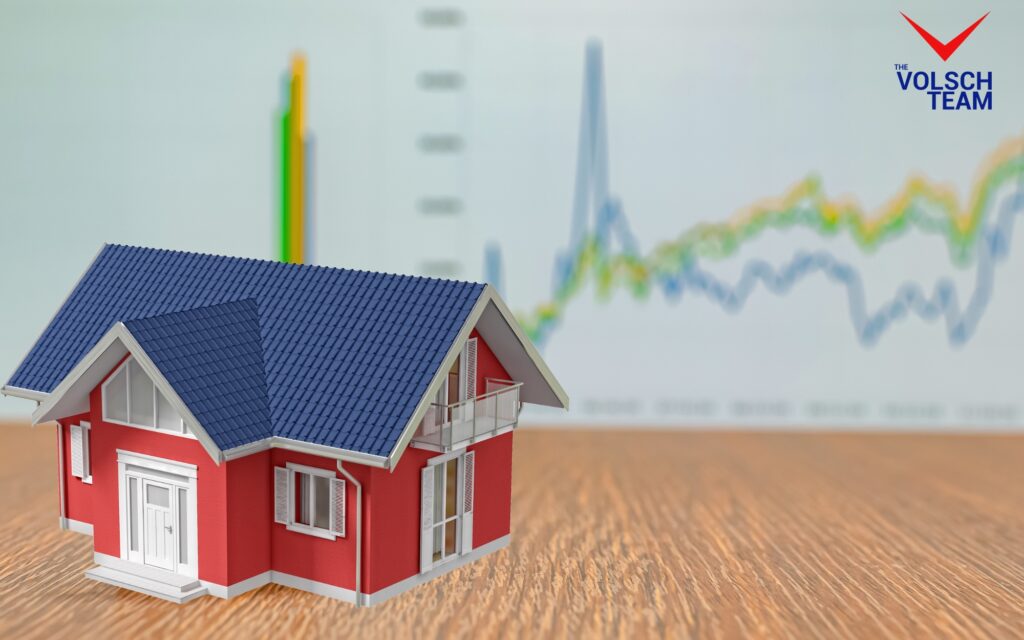Corrections in the housing market are characterized by a sustained drop in home prices over several months, as opposed to seasonal price drops. The home price index falls 10% or less from its peak within a year.
Market correction history reveals that it tends to end a real estate boom and herald a market adjustment when house prices decline in many regions. Home price growth may flatten year-over-year, it takes longer to sell a home, and listings inventory rises.
Even so, a correction in the market is not the same as a real estate crash.
What Is the Difference Between Market Correction and Market Crash?
In a correction market, buying and selling prices return to more normalized levels. The price drop is not dramatic and sudden, as in a crash. It is gradual, often playing out over six months.
In addition, a market correction is marked by a significant drop in home sales, causing homes to remain on the market longer. Prices become more stable as supply and demand balance out. Bidding wars reduce, so homes sell at or below their original listing price.
Yet, a big indicator of the next market correction is often when home prices fall by up to 10% from their peak within one year. In contrast, a real estate market crash occurs when prices drop over 20% from their peak in the same year.

